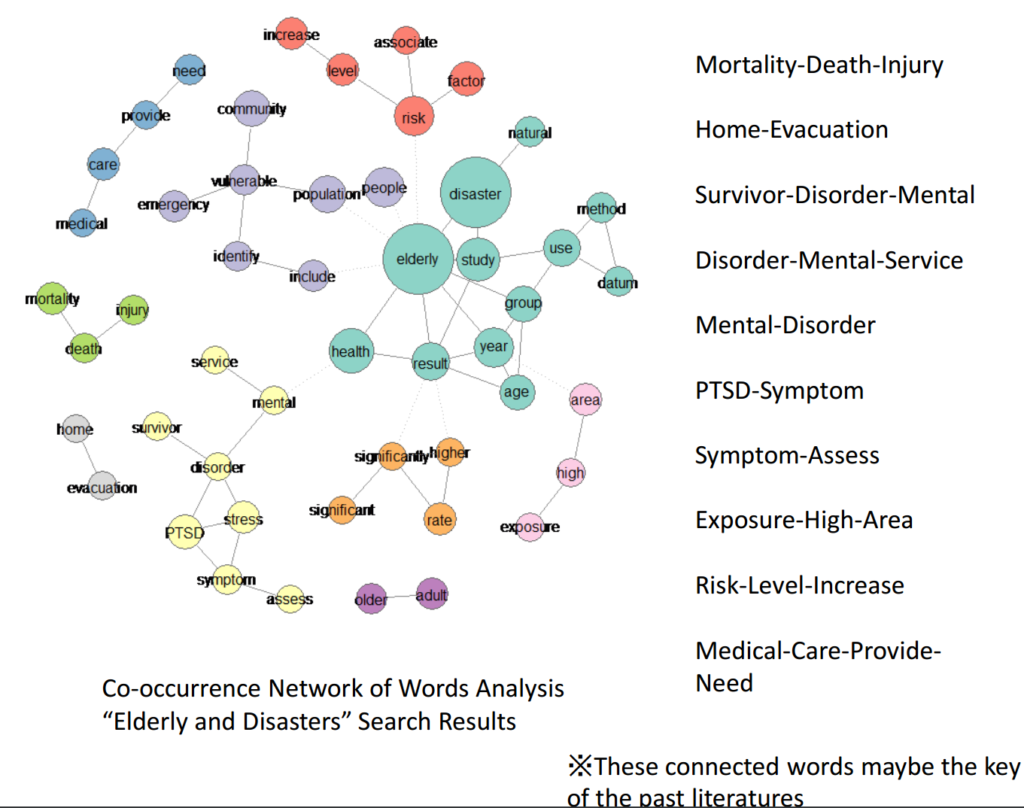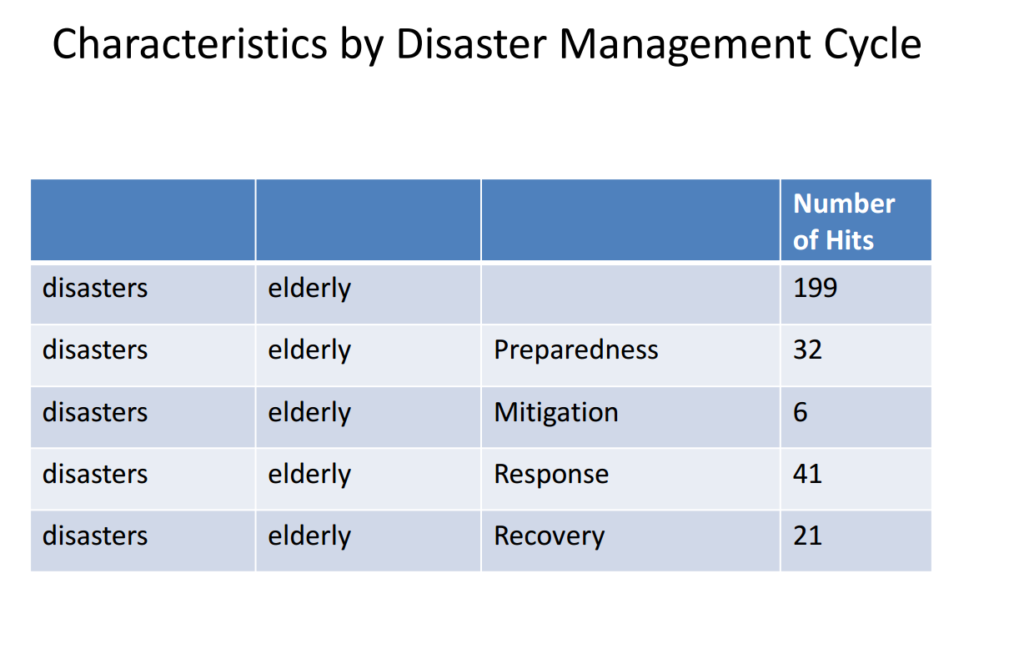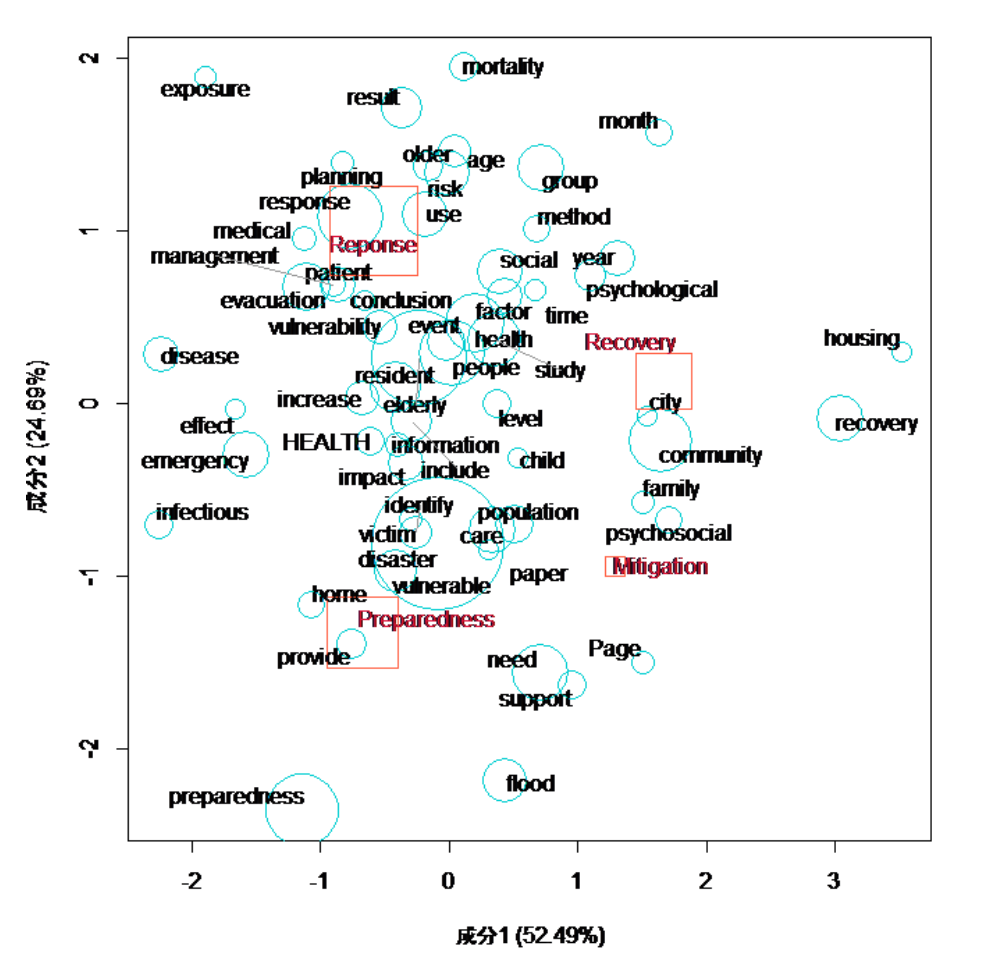かなり前に書いたメールマガジンのコラムですが、内容は、色あせていないので、復習を兼ねて、これから数回にわたり掲載致します。(同様に英語版も順番に掲載していきます。)
2010年3月5日発行
再掲NIED-DILメールマガジン:2回】災害からの復興
□■災害からの復興■□
ハイチの大地震で復興はどのようになるのか、世界の注目は集まっています。
これまで復興についていろいろと調べましたが、考える指針の有効な理論とし
てハースという研究者らの「急速に成長しつつある都市は、被災後急速に復興
するであろうが、変化せず停滞し、あるいは下り坂にある都市は、被災後きわ
めて緩慢に復旧するか、あるいは急激に衰えていくであろう」(1977)があり
ます。この場合の成長する都市とはどういう地域かを考えた際、災害前の人口
の増加が結構指標として使えるのではないかと考えられます。実際、いろいろ
と調べたのですが、災害がどれだけ大きなものであっても、人口が増加傾向に
あった地域は、復興しやすいのではないかという予測です。例えば、伊勢湾台
風災害による名古屋市では、経済・社会的な災害の規模が大きく援助量が少な
かったのですが、一年とたたないぐらいあっという間に復興したといえる状況
になりました。比べて、ハリケーン・カトリーナ災害によるニューオリンズで
は、経済・社会的な災害規模としては、実はそれほど大きくなかったのですが、
援助量は膨大でした。にもかかわらず5年たとうとしているのに、復興はまだ
ままならないといってよい状態かもしれません。ニューオリンズは災害前から
人口の減少が著しく、サバイバルな都市とさえ言われていました。インド洋大
津波の被災地の復興についても、ここでははっきりといえませんが、同様な傾
向が多く見うけられます。
さて、ハイチの例に戻って考えてみます。ハイチ(ポルトープランス)の人
口増加率を調べてみると、災害前まで急速に増えていたことがわかりました。
人口という指標だけで考えるとハイチの復興は比較的早く成し遂げられるはず
ということになります。しかしながらハイチには上記の例では当てはめて考え
ることができない全く異なる社会状況が存在するとも考えられます。そのため
ハイチの復興は、政治の舵取りや社会状況という非常にわかり難い変数に大き
く左右されると考えなければならないのかもしれません。雑誌「エコノミス
ト」には、インド洋で起こった義援金や援助の問題、偏ったところに過剰に供
給され被害が拡大した事例など、と同様な問題がハイチでも起こるのではない
かと危惧する記事がありました。
皆さんはハイチの復興をどう考えますか。
2010年3月5日発行





